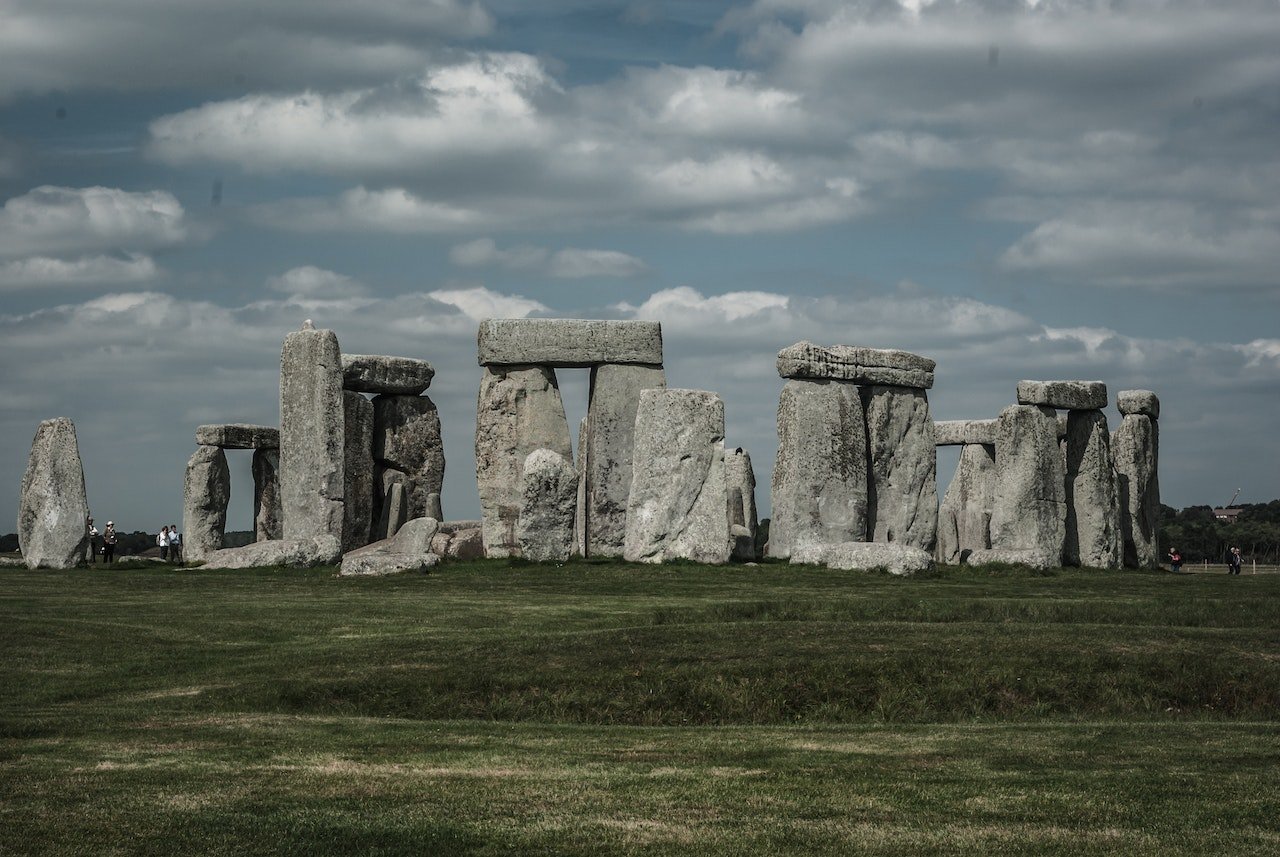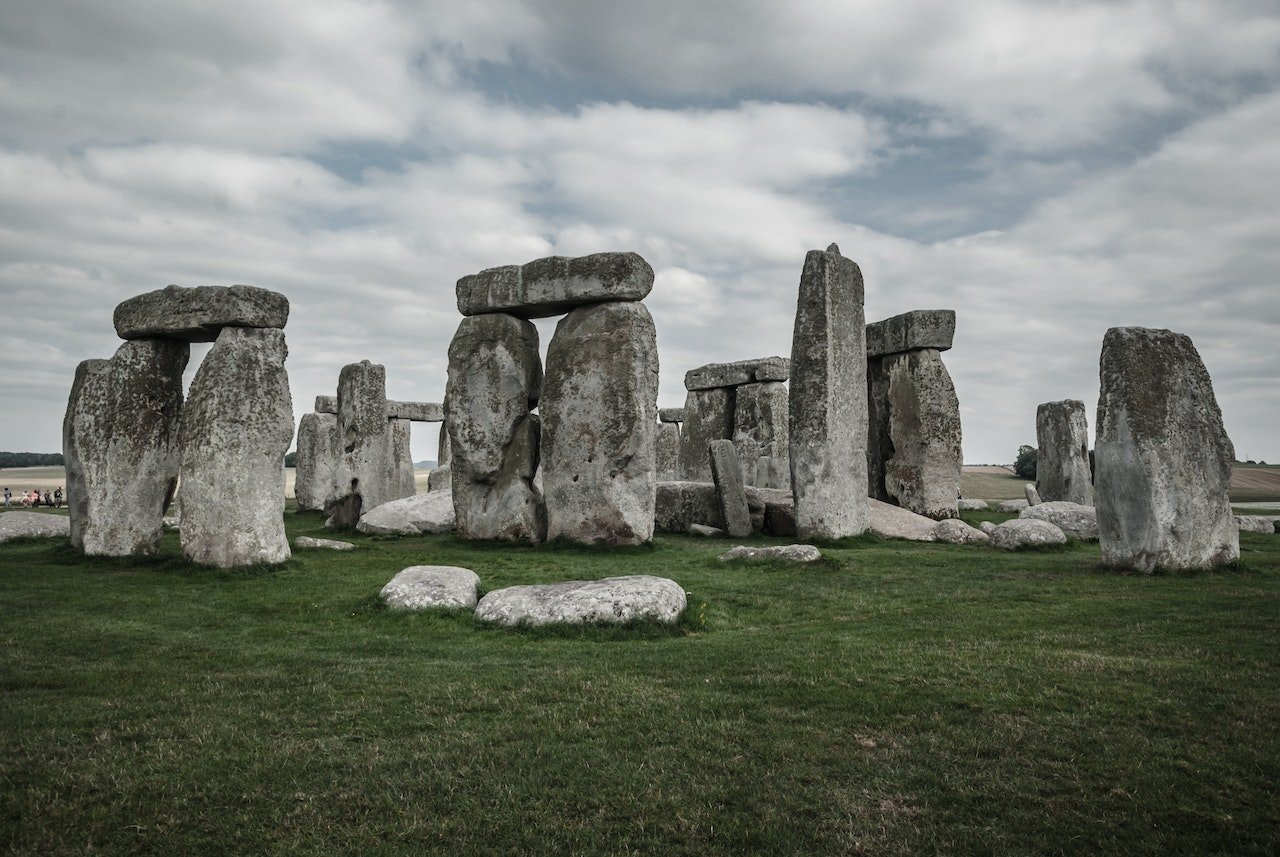Introduction
Have you ever heard about of the saying that old stones tell ancient tales? If any place on Earth holds to this adage, it’s Stonehenge. This article takes you on an intriguing journey through time, exploring the enigmatic world of the Stonehenge Megalith, United KIngdom.

The Marvel that is Stonehenge Megalith
-
The Megalith’s Origin
The term ‘megalith’ refers to a structure built with large stones. The Stonehenge Megalith is believed to have been a significant place for prehistoric people, possibly serving as a burial ground and a ceremonial site.
-
Astronomical Significance
Interestingly, Stonehenge has significant astronomical alignments. The heel stone, a singular block outside the central circle, aligns with the rising sun during the summer solstice, suggesting our ancestors’ advanced understanding of celestial movements.
The Construction and Architecture of Stonehenge Megalith
-
Architectural Prowess
The Stonehenge Megalith is a testament to ancient engineering prowess. Its design, which incorporates a circle of standing stones set within earthworks, is fascinatingly complex for a structure of its time.
-
The Materials
The monument’s stones There are two types of rocks present: the larger ones called Sarsens and the smaller ones called ‘Bluestones.’ these are local sandstone. Still, the Bluestones were transported from over 200 miles away in Wales – a remarkable feat considering the era’s technological limitations.
-
Building Techniques
The construction process involved shaping the stones using rudimentary tools, then assembling them using tongue and groove joints – an impressive testament to the engineering skills of Neolithic people.
Stonehenge Megalith’s Mysteries and Theories

-
Alien Theory
The ‘how’ of Stonehenge’s construction has puzzled historians, leading to theories as far-flung as extraterrestrial involvement. Could our ancestors have had otherworldly assistance? While thrilling, no concrete evidence supports this theory.
-
Druid Connections
Some believe that the Druids, ancient Celtic priests, constructed Stonehenge for religious rituals. However, archaeological evidence suggests the monument predates the Druids by over 1000 years.
Stonehenge Today: Tourism and Archaeology
-
Tourist Attraction
Today, the Stonehenge Megalith is a must-see landmark for tourists worldwide, attracting over a million visitors annually.
-
The Visitor Experience
A visit to Stonehenge offers an incredible glimpse into the past. From the well-preserved stones to the comprehensive visitor center filled with artifacts, the site blends historical intrigue and natural beauty.
Current Archaeological Research
Current research continues to unravel Stonehenge Megalith’s secrets. Recently, geophysical techniques revealed an even giant monument near Stonehenge, shedding more light on the prehistoric landscape.

Conclusion
The Stonehenge Megalith remains a captivating symbol of human endeavor, inspiring awe and wonder among all who witness its magnificence. Despite the mysteries surrounding it, or perhaps because of them, the allure of Stonehenge persists, reminding us of our rich and enigmatic past.
FAQs (Frequently Asked Questions)
Why was Stonehenge constructed?
While the precise cause stays unknown, it is believed to have been used for ceremonial sports and, in all likelihood, as a burial ground.
How have been the stones at Stonehenge transported?
It's believed that the stones have been moved by using primitive, however powerful strategies, which include sleds, rollers, and rafts.
Is it viable to go to Stonehenge?
Yes, Stonehenge is open to the general public and is a famous vacation attraction.
Who constructed Stonehenge?
Prehistoric peoples of the Neolithic and Bronze Ages constructed Stonehenge.



